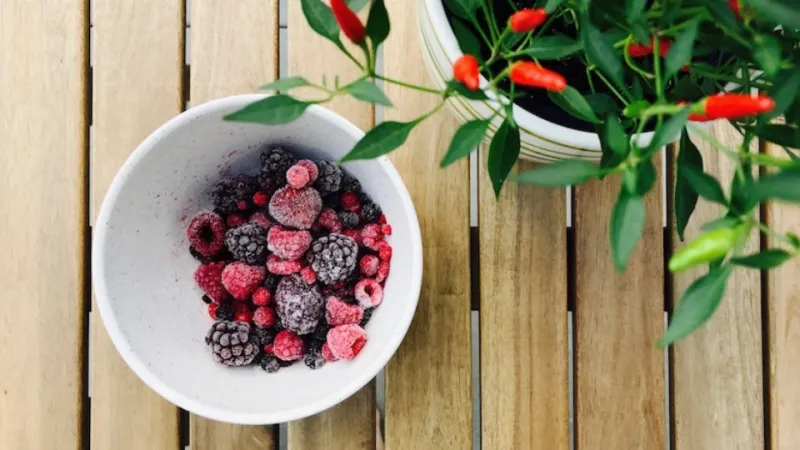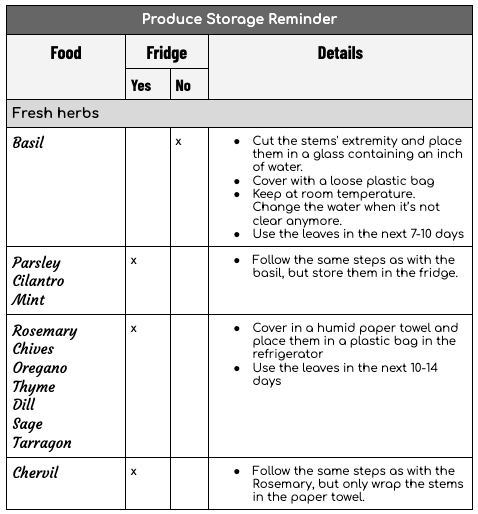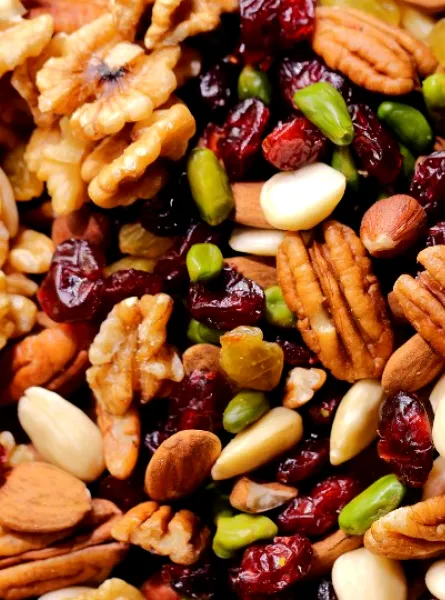
In our fast-paced daily lives, it's common to find wilted or softened food at the bottom of the refrigerator, victims of neglect. To put an end to this waste and master the art of preservation, today we reveal 7 essential secrets.
1. Plan your weekly menus and avoid unnecessary purchases
The key to effective preservation lies in advance planning. By knowing your culinary plans for the week, you can make wise purchases and avoid filling your cart with aimless food that may end up in the trash.
2. Learn the specific storage requirements of your favorite fresh foods
Each fresh food has its own specific storage requirements. Some prefer cold temperatures, while others thrive in humidity. Familiarize yourself with these specifics by consulting our table below, a practical guide to storing your food optimally.
3. Separate climacteric fruits from other fruits and vegetables
Certain fruits, such as mangoes, avocados, tomatoes, or bananas, continue to ripen after being picked due to the ethylene they emit. To allow these fruits to fully develop their flavors, they should be stored at room temperature before being consumed or refrigerated. Also, make sure to keep them separate from other fruits and vegetables, as ethylene speeds up their decay.
4. Keep your fruits and vegetables in their original packaging
Packaging designed for fresh foods is often specially designed to preserve their freshness. Take advantage of this and keep your food in its original packaging as much as possible.
5. Wash your fruits just before enjoying them
Washing your fruits is a great idea to remove dirt and pesticide residues. However, avoid washing them in advance as it increases moisture around the fruits, promoting the formation of mold. Instead, opt for washing them just before consumption.
6. Organize your refrigerator for better preservation
A well-organized refrigerator promotes optimal air circulation, ensuring temperature and humidity stability. Place your fruits and vegetables on the second shelf of the refrigerator or use designated bins. Good organization also allows you to keep a clear inventory of your products and plan their use before they spoil.
7. Freezing: Act before it's too late
While proper preservation extends the shelf life of fresh foods, it is not eternal. Freezing is an essential solution to prolong the shelf life of fresh foods. By slowing down the enzymatic activity of plants, it preserves their freshness and nutrients. Be sure to use airtight packaging when freezing to maximize food quality.
By practicing these 7 secrets of fresh food preservation, you can bid farewell to waste and fully enjoy the freshness of your food for longer. Feel free to consult our reference table and explore different preservation techniques to optimize your culinary experience.
Remember, preserving food is just as important as carefully preparing it. Master the art of preservation and transform your daily life into a symphony of fresh and nutritious flavours.








